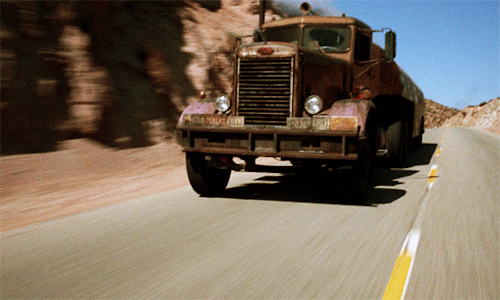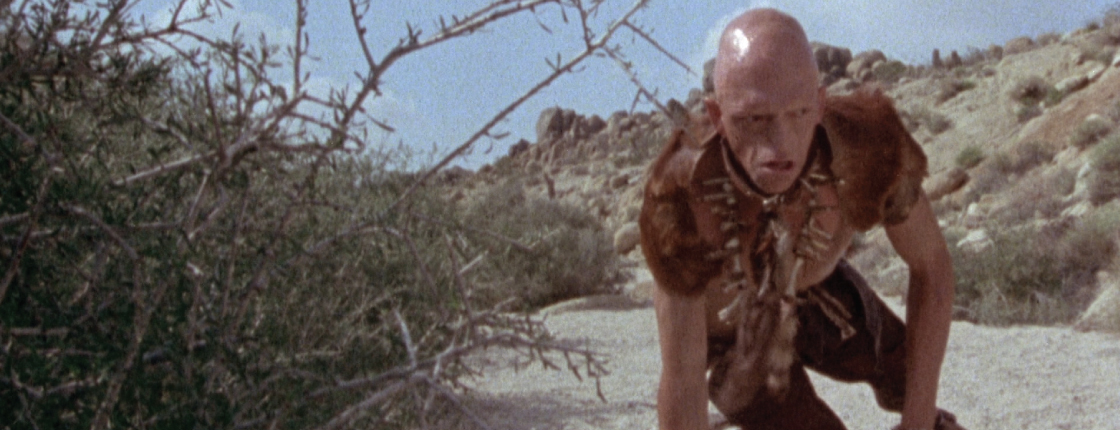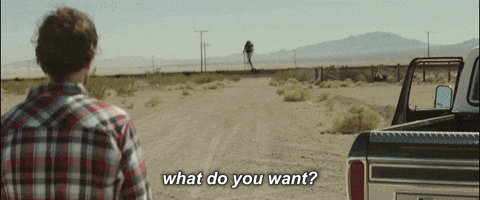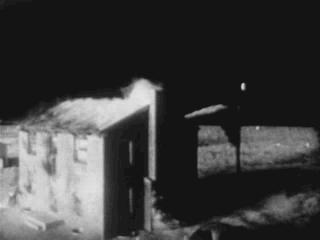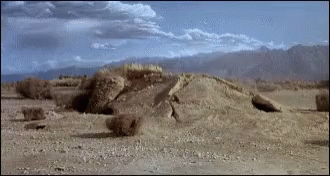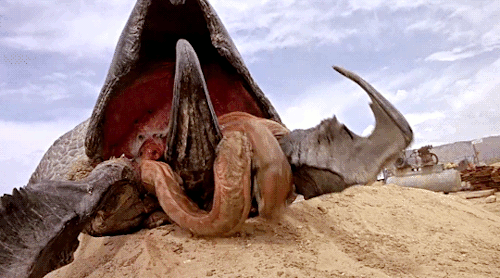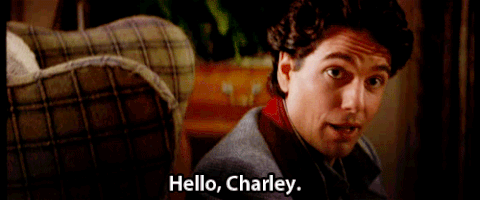(Spoilers Spoilers Spoilers Spoilers Spoilers)
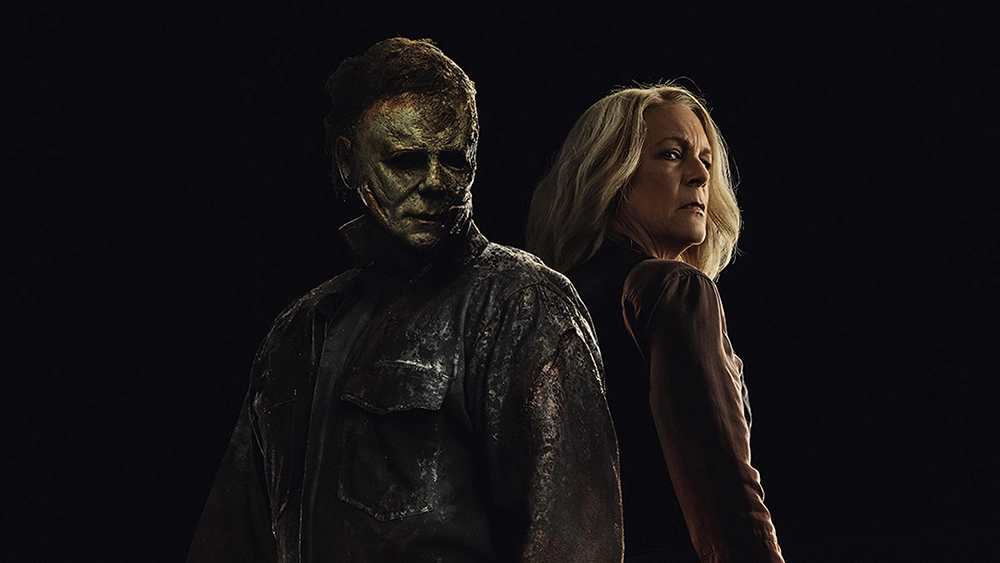
Halloween Ends is the last movie in the David Gordon Green trilogy. It streamed on Peacock this past weekend and I have some thoughts.
From the beginning, I’ve always thought of the Halloween franchise (at least the first two films, and a couple of the sequels) as not just an analysis of the continuing (and now, generational) trauma of its Final Girl, Laurie Strode, but as a statement on suburban America itself. I wrote about how and why the suburbs were created in Starring the Landscape: The Suburbs, and how I saw the Halloween films as an indictment of a lifestyle that was formed out of fear of the other (the Blackness/multiculturalism of the cities). White people in the suburbs spent their lives in fear that the evil of the cities would invade their communities, and we can see this in the endless number of “bucolic community” invasion films of the 80s, the rampant rumors that sprang up during the BLM protests of crowds of angry Black people burning and looting suburban neighborhoods, and in the proliferation of guns in those communities because of an unfounded terror of (Black) home invasions.
I think what Halloween and other Slasher films, like Scream and Nightmare on Elm Street, were saying is that evil is created within these communities, that it is not something that can be run from because it is part of the human condition, people carry those seeds with them no matter where they flee, and that sometimes evil isn’t just born in such environments, but will keep returning to haunt them until it is properly dealt with. Such is the case in these films, where every few years, as if in some vicious cycle, Michael Myers, an evil created and nurtured in the suburban community of Haddonfield, arrives to terrorize and destroy the lives of its inhabitants.

Forty years ago Laurie Strode suffered tremendous loss and trauma as all her friends were hunted and killed by Michael Myers and she was terrorized for hours while trying to safeguard the children she was babysitting that night.
In the first movie of this trilogy, the 2018 Halloween, Myers returns to Haddonfield to begin that night’s killing spree and Laurie, suffering from PTSD and paranoia for four decades has been getting ready for him. She knows that he will inevitably come hunting her. She raised her daughter, Karen to be just as paranoid in defending her life, and outfitted her home with traps to capture and kill Michael. The first movie, ignoring all the sequels and remakes in the last forty years, is about Laurie and her family dealing with that long ago trauma, and how the only thing that can help her get past her pain is the cathartic destruction of Michael Myers. This movie and its follower, Halloween Kills, are about survivors and grief.
The second film, Halloween Kills, is a continuation of the first film on that same night, only here it’s about the cyclical trauma Haddonfield itself, the nature of evil, and how that evil is born in communities like it and features many of the characters who survived the 1978 film. This time they decide to fight back too, in support of Laurie, and they hunt Michael through the streets of Haddonfield, which gets most of them killed, and results in the death of an innocent man accused of being him. One sign of the evil within the community is their willingness (out of fear and hatred) to engage in the same behavior that they condemn Michael for, and an innocent man pays the price. Although their fear and hatred of Michael are justified, it is still the resident’s willingness to kill that’s a symptom of the dark underbelly within such communities. This is a plot that also has parallels in The Nightmare on Elm Street series, where the child killer, Freddie Krueger, is the end result of the decision made by their parents to kill the predator who was preying on the children in their community. It’s not the residents of Haddonfield’s motivation that is at issue but their willingness to engage in mob justice that is a sign of the community’s inner darkness.

Halloween Ends is a continuation of the idea that small towns and suburbs harbor and produce evil. I know other people were watching this movie with the idea of clocking the body count, or how long and hard the fight would be between Laurie and Michael, and who would win, but that’s not the focus of this movie, and if that’s what you’re looking for then you may be disappointed. This movie is a bit more philosophical and quieter than some people might like it to be.
The story picks up four years later, and we have come full circle as Laurie while writing her memoir, is still recovering emotionally from the events of Halloween Kills, when Michael returned to Haddonfield and killed nearly three dozen people, along with her daughter Karen. She has decided not to live in the prison of paranoia and anger that ruled her life for so many decades while raising her granddaughter Allyson and mending their relationship.
But, because evil never dies, we find out that Michael has not left Haddonfield at all, and has been living in the sewers while recovering from the damage that was inflicted on him four years ago. His presence is discovered by a bullied young man named Corey whom the townsfolk accused of killing a young boy under his charge on the night of Michael’s rampage. Corey is a volatile and angry young man who isn’t killed by Michael but adopts Michael’s mask and goes on a killing spree of his own in Michael’s stead, such is how evil is passed on to the next generation. He and Allyson develop a relationship that threatens to destroy her and Laurie’s emotional recovery and while trying to protect Allyson from herself and Corey, Laurie eventually interacts with Michael again by the end of the movie.
There’s plenty of killing in the film, just not done by Michael, and the confrontation between Laurie and Michael is relegated to the end of the movie almost as an afterthought since it’s almost a given who will win the fight. Just as in Halloween Kills, where Laurie mostly sat out the plot so the writers could make their point, Michael mostly sits this one out. The theme here isn’t just that evil is born from the town’s secrets, but is actively created by the town’s treatment of people whom they believe have trespassed against conformity, like Corey, or the mentally unstable man the residents hounded to his suicide in the last film after he was wrongly accused of being Myers.
Corey is the much-put-upon town scapegoat. He is bullied by the students at his school because of his reputation as a monster, also by his angry and overbearing mother, and he is responsible for most of the deaths in the movie as he decides, after meeting Michael, (who unexpectedly lets him live), that he is tired of the town’s judgment of him and is going to live down to his reputation. Accompanied by Allyson (who is unaware of what he’s been doing) he goes on a killing spree that includes the town bullies, his parents, and several bystanders before he confronts Laurie, who shoots him. In a last-ditch attempt to sabotage Laurie’s relationship with Allyson, (which has been heavily frayed throughout the movie), he makes it look like Laurie stabbed him when Allyson comes home.

Allyson and Corey form a bond because she finds him attractive and he is able to prey on her fears and disappointments about living in Haddonfield. Something in his darkness speaks to the secrets that she has been withholding from her grandmother, and her reaction to Laurie’s distrust of Corey tells us that she isn’t as healed from the trauma of losing her mother as she seemed. Like Laurie did at the same age, she lost her boyfriend, most of her friends, and most of her family, and she has not dealt with the fallout of so much loss, while Laurie still healing from her own pain, has somewhat neglected Allyson’s, which allowed Corey to twist that trauma into anger at her grandmother.
In the end, it is Laurie who survives their last fight, but Michael’s death (for real this time and from which there is absolutely no coming back) is a cathartic affair for the entire town, who join her in the final destruction of his body. Allyson realizes that part of her healing means leaving Haddonfield, but she is not fleeing from her trauma, as she would have if she had eloped with Corey, but moving towards a possible future where she is not shackled to the town’s secrets, and Laurie expresses her healing by finally opening herself up to having new friends (and a possible relationship with the town sheriff).
Although I didn’t like the direction of this film at first, I am satisfied with this ending, which was a lot more contemplative than I thought it would be, and shows that David Gordon Green had a clear agenda in telling the story in the manner in which he did. It really felt like an end, like Laurie’s nightmare (and that of Haddonfield’s) is finally over, and it puts Halloween Kills, a film I was somewhat disappointed by, in a new light. When watched individually the films do leave something to be desired, but taken as a whole I feel the trilogy was successful in keeping the point of its themes, in ending Haddonfield and Laurie’s story on a positive note, with more than enough gore and killing to satisfy most Slasher film fans.
***Once again, I appear to be in the minority in liking this film. I didn’t love it, but it is a decent conclusion, and taken as a whole, I feel it’s a good trilogy. I’ve also observed that most people (the vast majority of the ones talking about it are white men who only want to see people dying horribly) are not looking at it as one part of a whole and that many of them have completely missed the point of the trilogy entirely. Nobody seems to see this movie the way I did. I feel that it’s a decent standalone movie but it must be taken into account as part of a trilogy and understood in that light since that was how it was filmed. Perhaps when more people go back and watch all three movies in succession they will see what David Gordon Green was trying to do, and be willing to defend his vision.

















